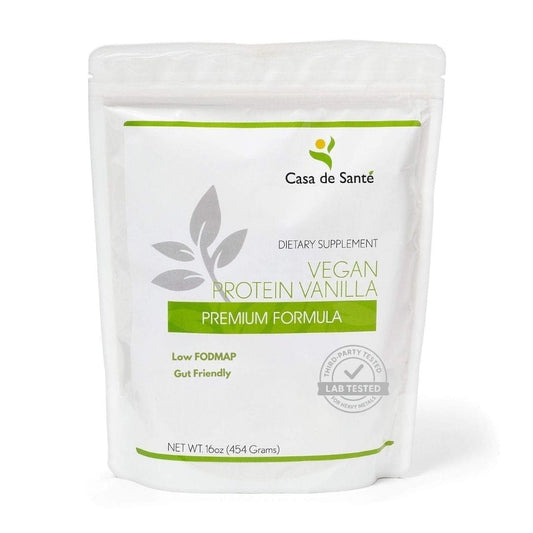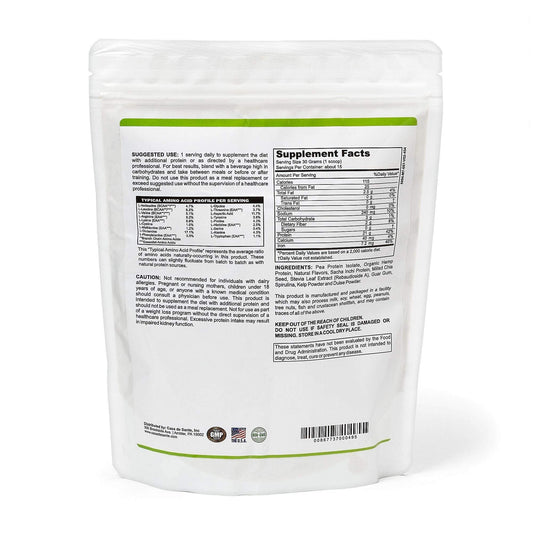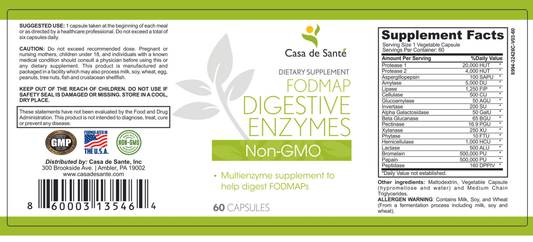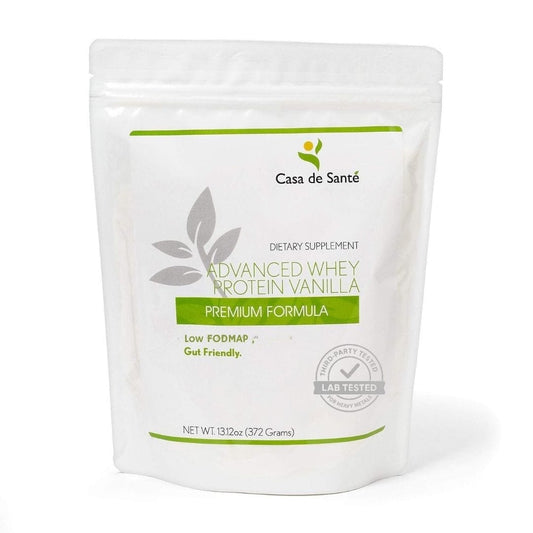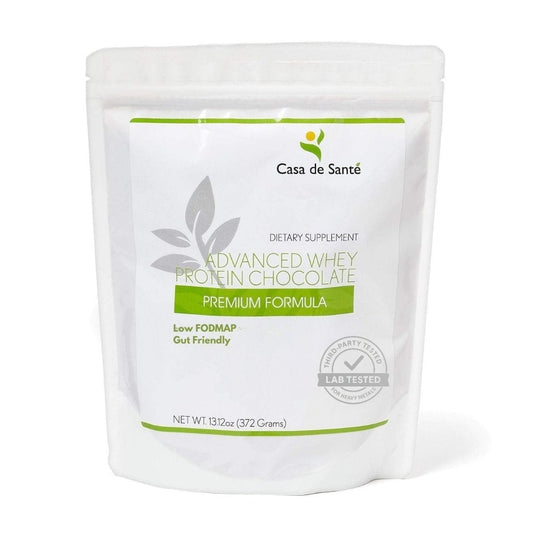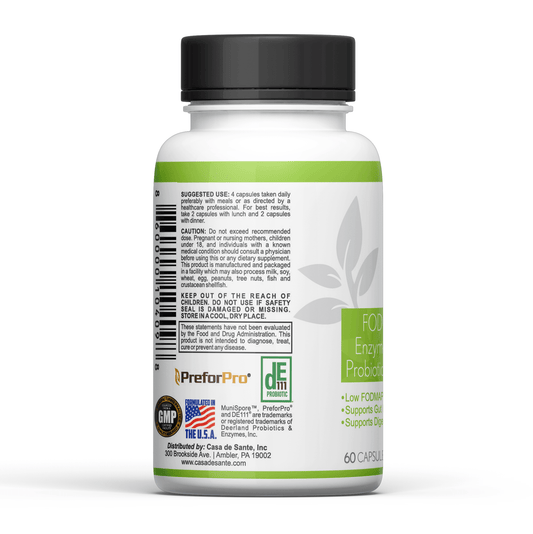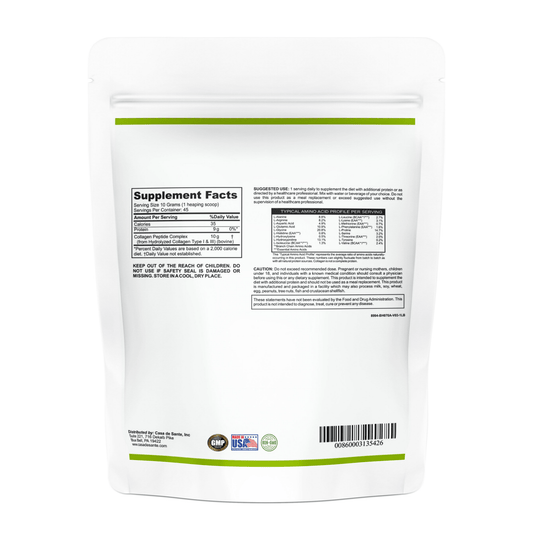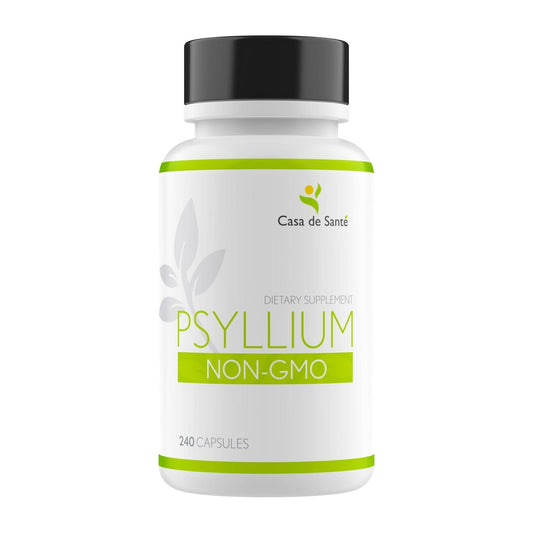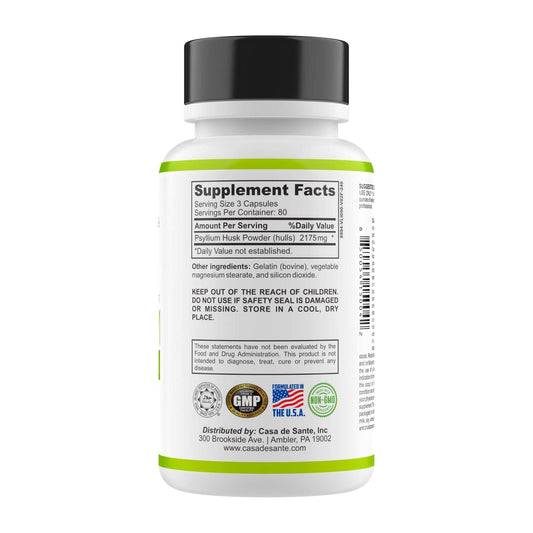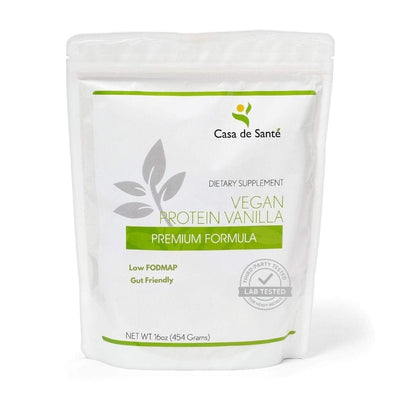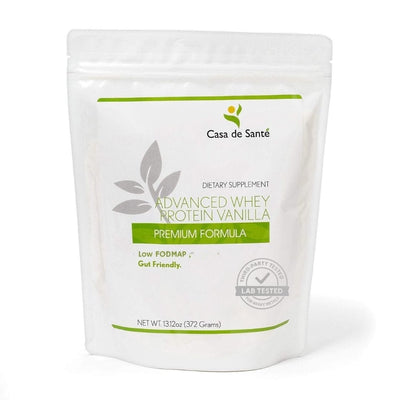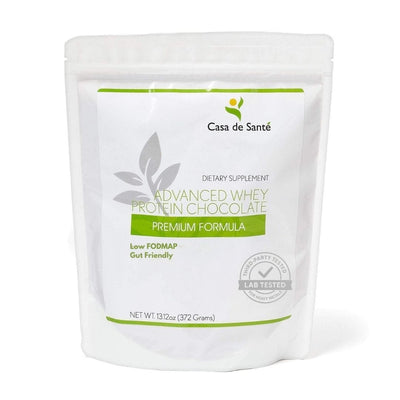Green Banana Flour Vs Sorghum Flour
Green Banana Flour Vs Sorghum Flour
In the world of gluten-free and alternative flours, two options have gained popularity in recent years: green banana flour and sorghum flour. While both offer unique characteristics and health benefits, it can be challenging to discern which one is the better choice for your dietary needs. In this comprehensive guide, we will delve into the origins, production, nutritional value, health benefits, taste, gluten content, cooking and baking applications, environmental impact, weight loss properties, digestive benefits, potential allergies and sensitivities, the role of resistant starch, and their impact on blood sugar levels. By the end of this article, you will have a thorough understanding of both green banana flour and sorghum flour, enabling you to make an informed decision about which one fits your lifestyle and dietary preferences the best.
Understanding Green Banana Flour: Origins, Production, and Nutritional Value
Let's start by exploring green banana flour. Made from unripe, green bananas that are carefully dehydrated and milled into a fine powder, this flour has gained popularity for its unique nutritional profile and versatile usage. Green banana flour has its origins in traditional African and Caribbean cuisine, where using unripe bananas was a common practice.
As for the production process, the selected unripe bananas are green in color and have a firm texture. These bananas are carefully washed, peeled, sliced, and then undergo a dehydration process that removes the moisture while preserving the nutrients. Once dehydrated, the bananas are milled into a fine powder, resulting in green banana flour.
In terms of nutritional value, green banana flour is rich in resistant starch, a type of dietary fiber that acts as a prebiotic, supporting the growth of beneficial gut bacteria. It also contains essential vitamins and minerals like vitamin C, potassium, and magnesium. Furthermore, green banana flour is known for its low glycemic index, making it suitable for individuals looking to manage their blood sugar levels.
Exploring Sorghum Flour: A Comprehensive Guide on Its Origins and Nutritional Benefits
Moving on to sorghum flour, it is derived from the whole grain sorghum plant, which belongs to the grass family. Sorghum has been cultivated for centuries and has a rich history, especially in Africa and Asia. Sorghum flour is made by grinding the dried grain into a fine powder, resulting in a gluten-free alternative to traditional wheat flour.
In terms of nutritional benefits, sorghum flour is high in dietary fiber and rich in antioxidants. It also contains essential minerals such as iron, phosphorus, and magnesium. Additionally, sorghum flour is free from gluten, making it an excellent choice for individuals with gluten sensitivities or celiac disease.
Comparing the Health Benefits of Green Banana Flour and Sorghum Flour
While both green banana flour and sorghum flour offer their unique health benefits, it is essential to compare them to determine which one aligns with your dietary goals. As mentioned earlier, green banana flour is abundant in resistant starch, which aids digestion, supports gut health, and promotes feelings of satiety, which can contribute to weight loss efforts. It is also a good source of vitamins and minerals, making it a nutrient-dense flour choice.
On the other hand, sorghum flour's nutritional benefits lie in its high dietary fiber content and antioxidant properties. Dietary fiber promotes regular bowel movements, can help regulate blood sugar levels, and contribute to overall cardiovascular health. Additionally, antioxidants found in sorghum flour help combat oxidative stress and inflammation in the body.
Taste Test: Green Banana Flour vs Sorghum Flour - Which One is More Palatable?
The taste and flavor of flours play a crucial role in their usability in various recipes. When it comes to green banana flour, it has a slightly earthy and nutty flavor, which adds a subtle complexity to baked goods and savory dishes. However, the strong banana aroma may not appeal to everyone. It is worth noting that the flavor of green banana flour becomes more subtle and less pronounced when used in cooked or baked foods.
On the other hand, sorghum flour has a milder taste, making it a versatile choice for both sweet and savory recipes. Its neutral flavor allows it to blend seamlessly into various dishes without overpowering other ingredients. This makes sorghum flour a popular choice for gluten-free baking, as it provides a similar texture and taste to traditional wheat flour.
Gluten-Free Alternatives: Examining the Gluten Content of Green Banana Flour and Sorghum Flour
A significant advantage of both green banana flour and sorghum flour is that they are naturally gluten-free. For individuals with celiac disease or gluten sensitivities, finding suitable gluten-free alternatives is crucial to maintaining a healthy and enjoyable diet. Both flours offer a way to enjoy baked goods and other gluten-containing products without compromising on taste or texture.
It is important to note that while these flours do not contain gluten naturally, cross-contamination can occur during the production process. If you have severe gluten allergies or sensitivities, it is advisable to choose certified gluten-free brands or those produced in dedicated gluten-free facilities.
Cooking with Green Banana Flour: Recipes and Tips for Incorporating It into Your Diet
Green banana flour's unique characteristics make it a versatile ingredient in various culinary applications. It can be used in both sweet and savory recipes, adding a nutritional boost and unique taste. Its slightly dense texture makes it a great thickening agent for soups, stews, and sauces. It also acts as a binding agent in vegan recipes, replacing eggs or other binding agents.
For baking, green banana flour can replace a portion of traditional flour in recipes for added nutritional benefits. It works particularly well in muffins, bread, pancakes, and cookies. However, it is essential to remember that green banana flour absorbs more moisture than regular flour. Thus, adjusting the liquid content in recipes may be necessary to ensure desired results.
Baking with Sorghum Flour: Delicious Recipes for Cakes, Breads, and Pastries
Sorghum flour's mild taste and excellent texture make it a popular choice for gluten-free baking. It can be used in a variety of recipes, including cakes, bread, pastries, and even pizza crusts. When using sorghum flour, it is often combined with other gluten-free flours and binding agents like xanthan gum or psyllium husk to achieve a desirable texture and rise.
When it comes to recipes, sorghum flour can be substituted for traditional wheat flour at a 1:1 ratio in most cases. However, it is crucial to follow specific recipes tailored for gluten-free baking to achieve the best results. Sorghum flour's texture is slightly denser than traditional wheat flour, resulting in baked goods with a moist and crumbly texture, which may differ from their gluten-containing counterparts.
The Environmental Impact of Green Banana Flour Production vs Sorghum Flour Production
Considering the environmental impact of food production is becoming increasingly important in our quest for sustainable and eco-friendly choices. When comparing green banana flour and sorghum flour, it is worth examining their respective production processes.
Green banana flour production tends to have a relatively lower environmental impact. The production of green banana flour utilizes unripe bananas that might otherwise go to waste, reducing food waste. Additionally, the dehydration and milling processes consume less energy compared to other flour production methods, resulting in a smaller carbon footprint.
Sorghum flour, on the other hand, requires the cultivation and harvesting of the sorghum plant. While sorghum is known for its drought-resistant properties, water consumption during cultivation is still necessary. However, sorghum crops are generally considered less resource-intensive compared to other grains like wheat or corn.
Weight Loss and Dietary Fiber: How Green Banana Flour and Sorghum Flour Can Aid in Shedding Pounds
For individuals seeking to lose weight or maintain a healthy weight, both green banana flour and sorghum flour can be beneficial additions to their diets. This is primarily due to their high dietary fiber content, which provides a feeling of fullness and satiety. Including foods that are rich in dietary fiber can help regulate appetite, potentially reducing overall calorie intake. Additionally, the resistant starch in green banana flour aids in digestion and supports gut health, which can contribute to improved weight management.
It is worth noting that while green banana flour and sorghum flour can be valuable additions to a weight loss plan, it is crucial to remember that overall dietary balance and portion control are key factors in achieving and maintaining a healthy weight.
Exploring the Digestive Benefits of Green Banana Flour vs Sorghum Flour
Both green banana flour and sorghum flour have digestive benefits attributed to their fiber content. The dietary fiber in both flours supports digestive health by promoting regular bowel movements and preventing constipation. Additionally, the prebiotic properties of resistant starch in green banana flour can enhance gut health by providing nourishment to beneficial gut bacteria.
However, it is important to note that individuals may respond differently to specific types of fiber, and what works well for one person may not have the same effect on another. It is advisable to listen to your body and consult with a healthcare professional to determine which flour is best suited to your digestive needs.
Allergies and Sensitivities: Comparing the Potential Reactions to Green Banana Flour and Sorghum Flour
For individuals with food allergies or sensitivities, selecting the right alternative flour is crucial to avoiding adverse reactions. Green banana flour and sorghum flour offer suitable options for individuals with specific allergies or dietary restrictions.
Green banana flour is naturally gluten-free and does not contain the major allergens present in wheat, such as gluten and wheat proteins. However, it is worth noting that some individuals may have banana allergies or sensitivities. If you have known allergies to bananas, it is advisable to avoid green banana flour or consult with a healthcare professional before incorporating it into your diet.
Sorghum flour, on the other hand, is gluten-free, making it an excellent choice for individuals with celiac disease or gluten sensitivities. Sorghum is also not known to be a common allergen, making it a safe option for most individuals.
The Role of Resistant Starch in Gut Health: Analyzing the Resistant Starch Content in Green Banana Flour and Sorghum Flour
Resistant starch, a type of dietary fiber, has gained attention for its potential benefits in supporting gut health. Both green banana flour and sorghum flour contain resistant starch, although in varying amounts.
Green banana flour is particularly known for its high resistant starch content. Resistant starch acts as a prebiotic, promoting the growth of beneficial gut bacteria. This, in turn, may contribute to improved digestion, enhanced nutrient absorption, and overall gut health.
While sorghum flour also contains resistant starch, the levels are generally lower compared to green banana flour. However, the dietary fiber in sorghum flour still contributes to digestive health by promoting regular bowel movements and supporting a healthy gut microbiome.
Understanding Glycemic Index: How Green Banana Flour and Sorghum Flour Impact Blood Sugar Levels
For individuals managing blood sugar levels or seeking to regulate their carbohydrate intake, understanding the glycemic index of different foods is essential. The glycemic index measures how quickly carbohydrates in a food raise blood sugar levels compared to a reference food, usually glucose or white bread.
Both green banana flour and sorghum flour have lower glycemic indexes compared to traditional wheat flour. This means that they result in a slower and steadier rise in blood sugar levels, which is generally considered favorable for maintaining stable energy levels and managing conditions like insulin resistance or diabetes.
It is worth noting that individual responses to different foods can vary, and factors such as portion sizes, other ingredients in a meal, and overall dietary composition can influence blood sugar levels. If you have specific concerns about how these flours may impact your blood sugar, it is advisable to monitor your levels carefully and consult with a healthcare professional.
As we have explored in detail throughout this article, green banana flour and sorghum flour both have unique qualities, origins, production processes, nutritional benefits, and applications. Ultimately, the choice between these two alternative flours depends on your dietary preferences, specific health needs, and the flavors and textures you seek in your recipes. By incorporating either green banana flour or sorghum flour into your cooking and baking endeavors, you can explore a world of delicious possibilities while embracing a more diverse and nutritious culinary experience.

